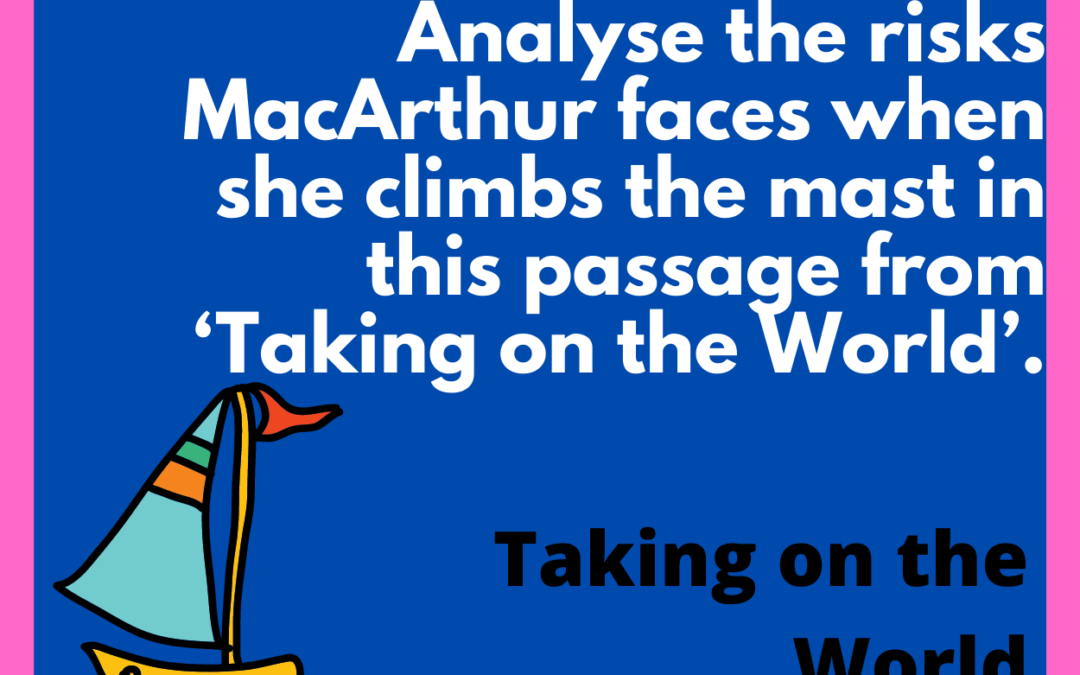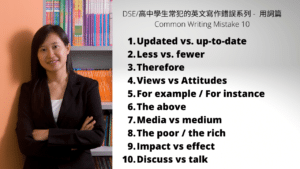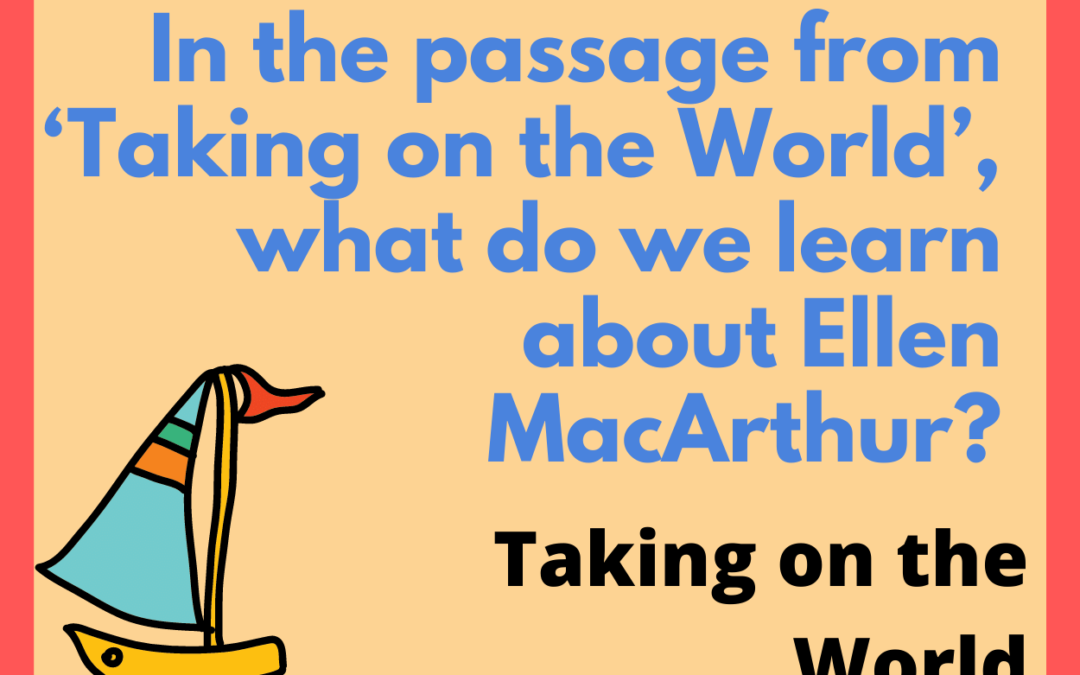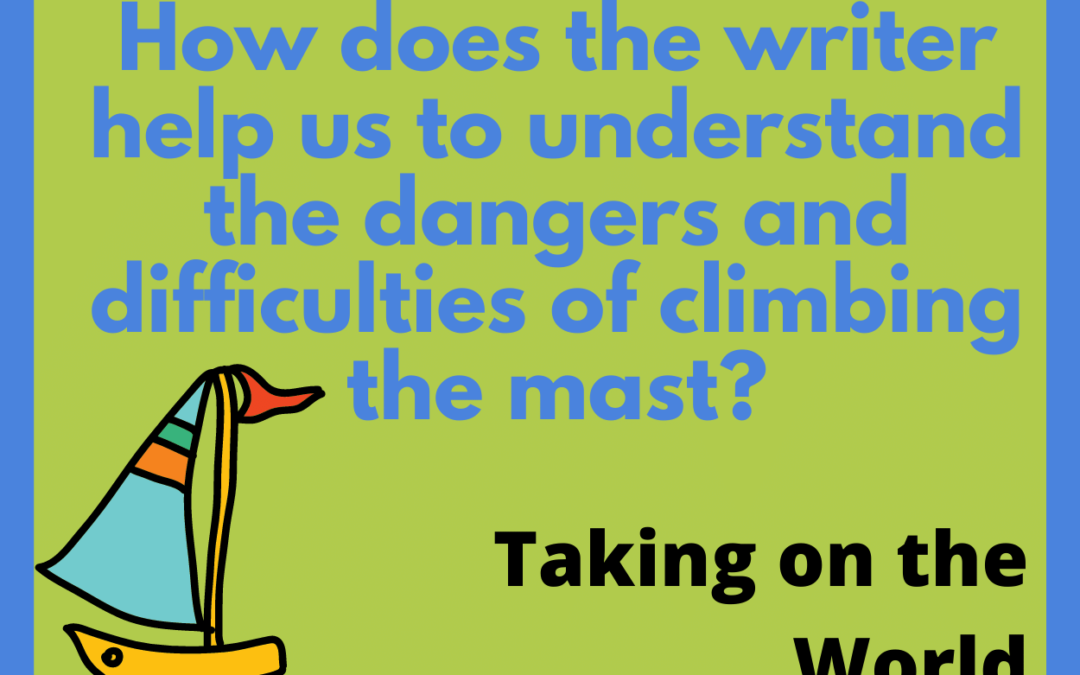
IGCSE Set 1 From Taking on the World by Ellen MacArthur Model Essays Question 5
Edexcel English IGCSE: From Taking on the World by Ellen MacArthur
Q5. Analyse the risks MacArthur faces when she climbs the mast in this passage from ‘Taking on the World’.
Edexcel English IGCSE Model Essay by an Expert
This passage describes the dangerous experience of climbing a mast on a moving boat to replace a halyard. MacArthur describes these risks, building tension throughout the passage.
The greatest risk MacArthur faces is that of personal injury. Before the climb, she describes the terrible possible outcomes of the climb, including being “thrown against the mast”: a violent image. This could cause her to “break bones”: another graphic image, intensified by the alliteration. During the climb, she is indeed “thrown away” from the mast, meaning she is in danger of “smacking back into the rig”. The use of the onomatopoeic word “smack” gives a vivid sense of the pain that she could easily experience. MacArthur also explains the physical difficulty of just staying on the mast; the repeated verbs “hang on” and “cling on” imply her desperation. Since the reader is aware of how disastrous it could be to fall off the mast, this creates tension and evokes a sense of danger.
These risks to MacArthur’s safety are heightened because of the terrible weather conditions. Throughout the passage, she emphasises the power of the sea in such windy conditions. Again, violent imagery is used: action verbs such as “ploughed into” and “pile into” describe the intense impact between the boat and the waves. Even the boat is described in negative, violent terms. The mast “slices” through the air, and MacArthur watches it “whip” across the sky. These verbs have connotations of pain and punishment, showing the dangers of MacArthur’s environment. In the phrase, “the wind whistled”, alliteration contributes to the reader’s understanding of the treacherous weather conditions, by echoing the sound of the wind.
Another risk faced by MacArthur is her total isolation, which means that if something were to go wrong, there would be nobody nearby to assist her. The repetition of the first person pronoun throughout the first two paragraphs reminds the reader that she is totally alone, and has to make these important judgements by herself. The hyperbolic observation that “the sea stretched out forever” provides a visual sense of the lack of other humans nearby. This isolation is particularly dangerous when she has to climb the mast, since if something goes wrong on the boat while she is up there, there is nobody to fix the problem. The repeated negative phrases – “you can’t”, “nor can you” and “you are not there” – show the extent of the risk. The use of the second person pronoun draws the reader into the scene, prompting them to imagine taking such a risk.
Climbing a 90 foot mast in windy conditions while alone at sea is clearly a risky undertaking. MacArthur prompts the reader’s admiration with her calm and determined approach to this dangerous task.






